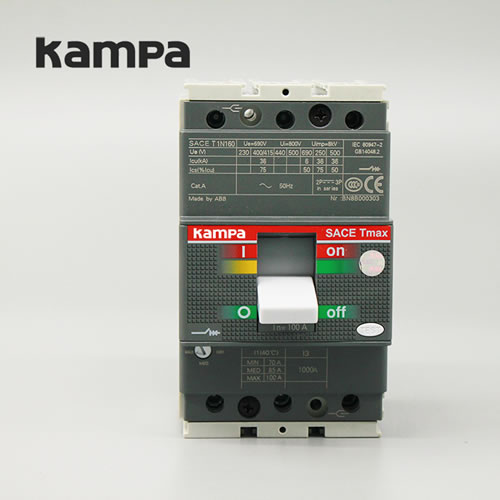What is a solar controller
Datetime: 6/6/2019 4:35:00 PM Visit: 1352
The solar control system consists of solar panels, batteries, controllers and loads.
The solar controller is a device used to control the photovoltaic panel to charge the battery and provide a load control voltage for the voltage sensitive device. It regulates and controls the charging and discharging conditions of the battery, and controls the power output of the solar cell module and the battery to the load according to the power demand of the load, which is the core control part of the entire photovoltaic power supply system. It is designed for powering systems for communications or surveillance equipment in remote areas. The controller's charge control and load control voltage are fully adjustable and can display battery voltage, load voltage, solar array voltage, charge current and load current.
Almost all solar power systems powered by batteries are in great need of a solar charge and discharge controller. The role of the solar charge and discharge controller is to regulate the power delivered from the solar panel to the battery. Battery overshoot, at least significantly reduced battery life, from the worst damage to the battery until it is not working properly.
The solar controller uses a high-speed CPU microprocessor and a high-precision A/D analog-to-digital converter. It is a microcomputer data acquisition and monitoring control system. It can quickly and accurately collect the current working state of the PV system, obtain the working information of the PV station at any time, and accumulate the historical data of the PV station in detail, which provides an accurate evaluation of the rationality of the PV system design and the reliability of the quality of the system components. Full basis. In addition, the solar controller also has a serial communication data transmission function, which can centrally manage and remotely control multiple PV system substations.
Solar controllers typically have six nominal voltage levels: 12V, 24V, 48V, 110V, 220V, 600V.
At present, the controller is developing toward multi-function, and there is a tendency to integrate the conventional control part, the inverter, and the monitoring system.



